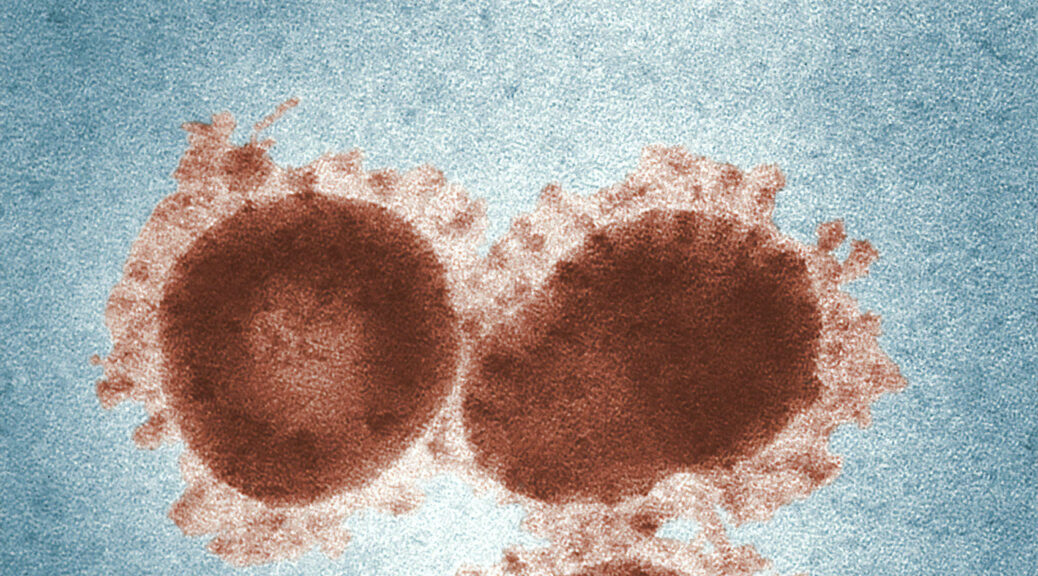A year after a course of Cognitive Analytic Therapy (CAT) had very successfully reduced my experience of anxiety, it came back. It had been building from the beginning of March 2020 with the increase of Coronavirus and reports of people around the world falling ill and dying. But one night, in the middle of March, I woke at 3am. My mind was racing with thoughts of my son 250 miles away at university. I imagined him ill, struggling to breathe and me unable to reach him. The mild separation anxiety I’d had since he’d left for university six months before, turned into a panicky feeling of helplessness. Imagining not being able to comfort him or treat his symptoms; him stuck in his small room alone.
It seems irrational from a distance, but the thoughts were uncontrollable, with physical sensations of anxiety flooding my body. I calmed myself eventually, listened to David Attenborough reading The Peregrine on a podcast. Eventually, I drifted back to sleep. I woke with the alarm, feeling exhausted and fearful that my anxiety was now back in full force. I experienced the same fear the following night. In the daytime I was feeling wobbly, close to tears, constantly worrying about family and friends.
I thought of emailing my CAT therapist and ask if she’d have me back for top-up sessions. Maybe top-up sessions were a ‘CAT thing’. Maybe she’d breezily say yes she had a free slot, how lovely it would be to have me back and we’d get started with a Zoom or Skype session later that day! But I burst that fantasy bubble by thinking of the reality of her more likely response – that I didn’t need further therapy. Perhaps she’d say that what I needed was to go over the work we’d done and try and get myself back on track with self-management first.
So that was how I found myself digging out my diagrams, letters and journal; starting a process of reading and working through them. This helped me understand why the recent events had led to the anxiety returning.
Going back over everything wasn’t easy; it wasn’t comforting to start with. It increased my sadness and triggered feelings of loss and unmet needs. Reading my notes and the Goodbye Letter made me cry. I was forced to reflect on the experiences that led to my anxiety and the fact they hadn’t changed. I could wish things had been different in my past so I didn’t know anything of uncontrollable panic, or the hopelessness of suicidal thoughts. But there was no getting away from the reality.
Once I’d sat in that sadness for a while, I started to feel better, just like I had with therapy. I’d learnt that crying and feeling heartbroken doesn’t actually mean your heart is broken; it just means you’re feeling a painful emotion. But that’s it. My therapist had urged me to accept the vulnerable feelings, to not fear them but accept them as part of me. Just writing that out on a new piece of paper helped. It’s hard to cry and write at the same time; just like it starts being hard to carry on crying once you’ve started to reflect on why you’re crying. At this point something shifts towards self-nurturing.
When you learn in therapy that sadness and anxiety don’t get worse if you attend to them, it becomes easier to focus in on them without fear. I’d learnt that if I did something kind and loving like listen to myself, or let myself cry without judgement, then I would come through and feel better: I would settle. That’s what my CAT letters and diagram help me do. Then I feel a bit stronger, more able to get on with journaling and writing down resourceful ways to help me deal with anxious thoughts. And then it became easier to express these vulnerable thoughts to someone else, to reach out for comfort.
So what I found with this re-occurrence of anxiety is that my CAT diagram doesn’t reduce in relevance or resonance; it remains ‘me’ even with the advent of time. It’s only been a year since my therapy ended, but it’ll be the same in 10 years; the anxious thoughts might be different with each ‘flare up’ but they are likely to originate from the same place. I’m sure that’s no big surprise to a CAT therapist, but it was an important realisation for me. I felt like what I had in the letters, diagram and my notes was a comfort blanket that I could return to in times of need.
I’ve resumed the helpful exercise of writing down my child-like, anxious thoughts and alongside them my adult-resourceful thoughts. It means that my whole system feels calmer despite the threat of the virus increasing and getting closer. Once my system is calmer I can focus on what needs to be done both within my family and the local community. This is turn helps reduce anxiety as I’m feeling and being useful. So I’d urge anyone who has had CAT therapy and is feeling increasingly anxious to go back to basics and give themselves a boost of curiosity and compassion.
Revisiting CAT at a Time of Coronavirus by Anonymous Contributor to the Association for Cognitive Analytic Therapy’s Public Engagement Initiative CC BY-NC-ND 4.0
